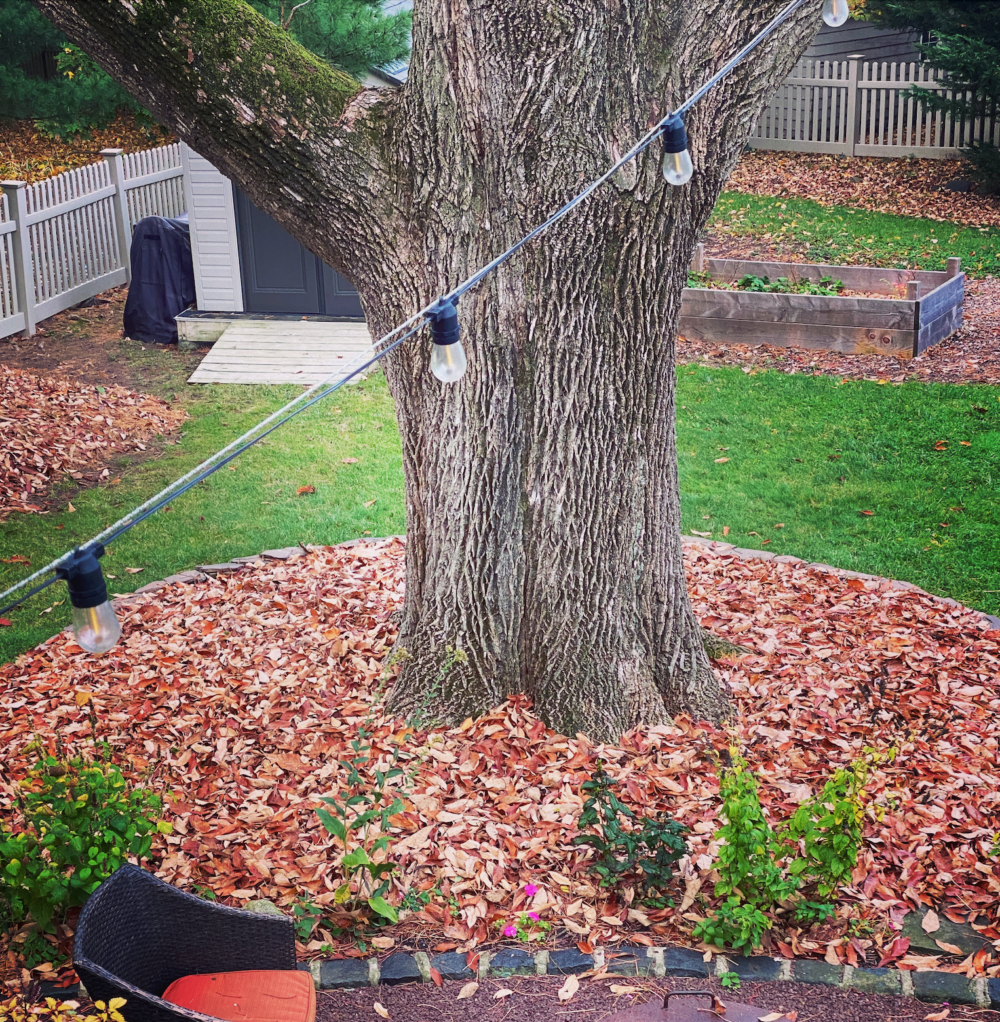We have much more to do and your continued support is needed now more than ever.
Late boneset: A fragrant late-summer pollinator favorite

Late boneset is a native plant, common in pastures, forest openings and along roadsides throughout the east and westward as far as Kansas. If you’ve ever done any bush hogging, you’ve mown tons of it. Most people consider it just another weed.

But, like so many things we know only from a distance, there is much more to late boneset. Native Americans and early settlers used it for medicinal purposes, hence the name. Late boneset also has the intrinsic value of being native to the land. This flower is part of an ecosystem unique to North America for millennia.
Late boneset is a pollinator bar. The rotating number of species that find and use this plant is astounding. Photos I took a few days ago show buckeyes, hairstreaks, skippers, three types of wasps, an ailanthus webworm moth, beetles, honeybees and a chartreuse crab spider waiting in ambush.
This particular plant in the photographs is a component in one of my many native wildflower beds. It’s the stopgap, along with frostweed, as cone flowers and butterfly weed wane along with the summer sun, and golden rod is just thinking about a bloom.

The late boneset in my yard will have at least a dozen different species on it at any given time. The nectar must taste really good, and nectar-sweetened pollinators are probably like candy to the crab spider. As of today, my yard is now a Certified Wildlife Habitat with the National Wildlife Federation since it contains the four components of habitat – food, water, cover and places to raise young – and is maintained in a natural, sustainable way. Certification can make a difference for wildlife and communities by helping spread the message of wildlife-friendly gardening.

To be completely honest, I’ve often wondered if the bees are really onto something and have considered chewing on a flower myself to see if it tastes as sweet and intoxicating as its perfume. Flowers of late boneset have one of the most pleasing and potent scents of any native wildflower in my region. I can smell it within 50 yards downwind, so given the heightened olfactory powers of insects, the flower is detectable to any pollinator flying through the neighborhood.
With the office door open, late boneset’s lacy fragrance wafts through the room as I work. It’s a signature scent of September and a welcome distraction. I’m then persuaded to get outside and enjoy these glorious days as the cloak of autumn draws ever tighter.
And if you see pollen in my beard later this afternoon, you’ll know that I tried a nibble and learned that the bees and butterflies and wasps were right.
Note: You should never, ever ingest any plant unless you are absolutely 100 percent sure it’s safe.
Certify NowLearn more about native plants in your area and how you can certify your yard today!
 About the Author: Freelance writer/editor/photographer Johnny Carrol Sain is from the River Valley and southern Ozarks of Arkansas. Johnny’s work can be found in ABOUT the River Valley magazine, Hatch Fly Fishing magazine, Arkansas Life, and various other regional and national publications. He is proud to have certified his yard through the National Wildlife Federation’s Garden for Wildlife program.
About the Author: Freelance writer/editor/photographer Johnny Carrol Sain is from the River Valley and southern Ozarks of Arkansas. Johnny’s work can be found in ABOUT the River Valley magazine, Hatch Fly Fishing magazine, Arkansas Life, and various other regional and national publications. He is proud to have certified his yard through the National Wildlife Federation’s Garden for Wildlife program.




















